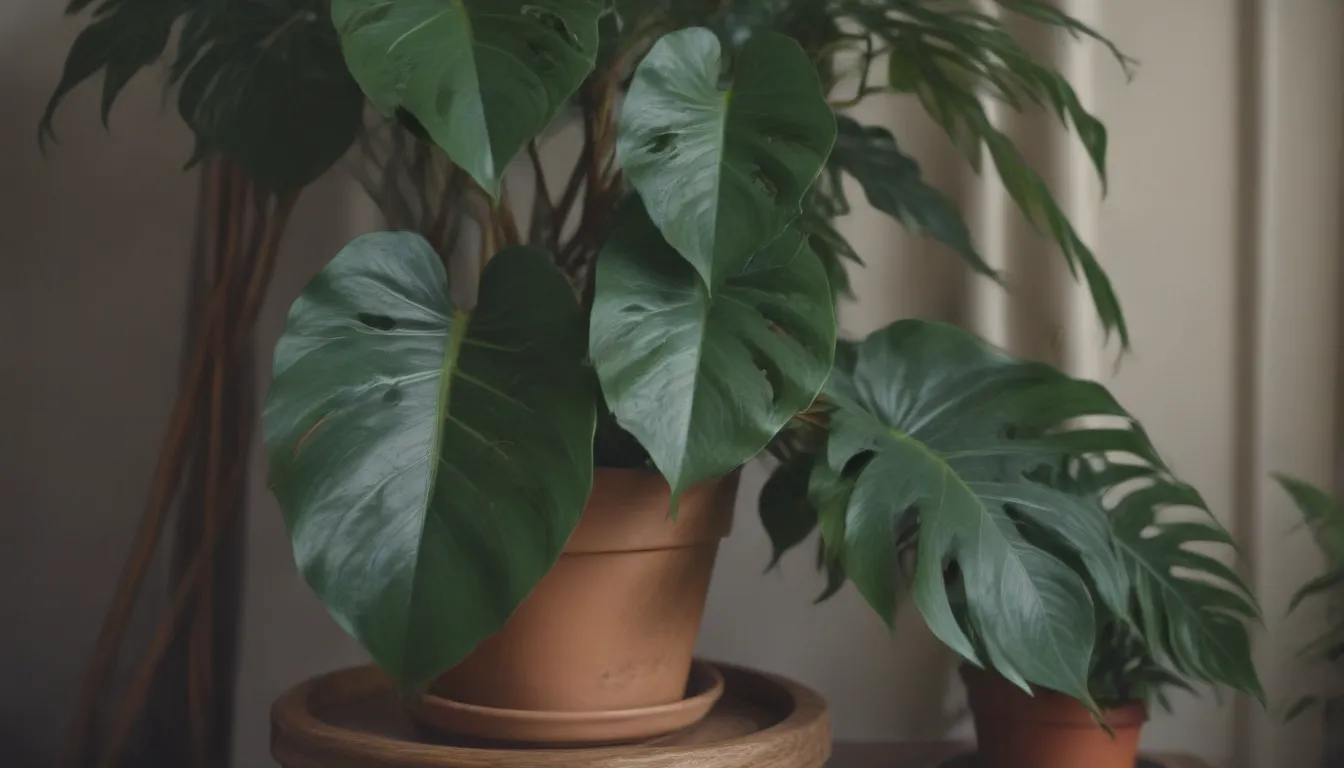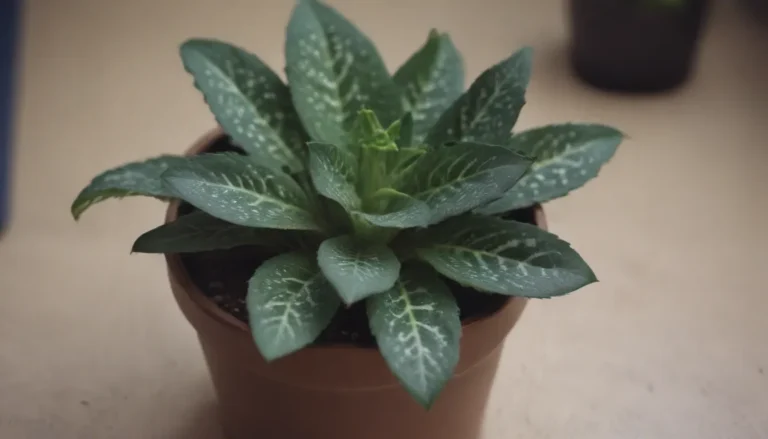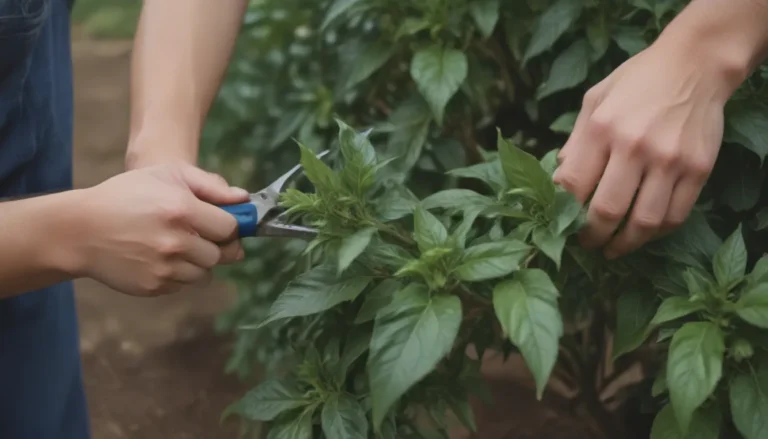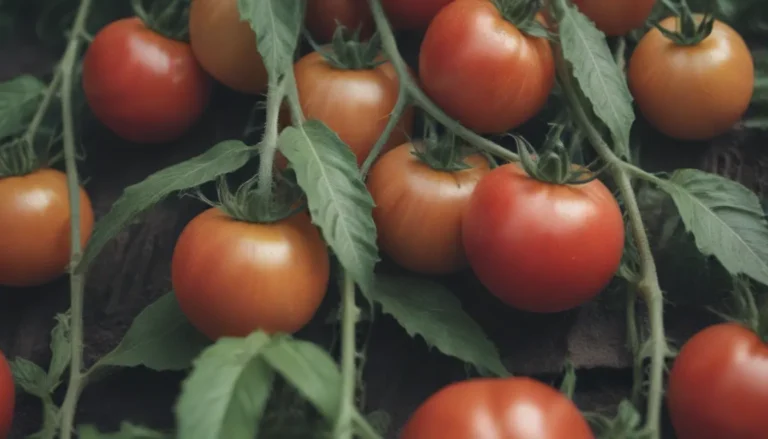A Comprehensive Guide to Growing and Caring for Philodendron Splendid

If you’re a plant enthusiast looking to add a touch of elegance to your indoor garden, the Philodendron Splendid (Philodendron melanochrysum x verrucosum) is a must-have. This stunning hybrid philodendron has captured the hearts of many thanks to its large velvet leaves and striking white veining. While it may require a bit of extra care, the beauty it brings to your space makes it all worth it.
In this comprehensive guide, we’ll walk you through everything you need to know about growing and caring for the exquisite Philodendron Splendid. From lighting and soil requirements to propagation and common problems, we’ve got you covered. Let’s dive in!
Getting to Know Philodendron Splendid
Before we delve into the care tips, let’s take a moment to appreciate the unique characteristics of the Philodendron Splendid:
- It is a climbing plant that thrives when given a moss pole or trellis to climb.
- It is best suited for intermediate growers due to its need for elevated humidity.
- Like all plants in the aroid family, the Philodendron Splendid is toxic to pets and humans if ingested.
Now that you know a bit more about this exotic plant, let’s move on to how you can ensure it thrives in your care.
Philodendron Splendid Care Tips
To help your Philodendron Splendid reach its full potential, here are some essential care guidelines to follow:
Light
- Bright indirect sunlight is ideal for this tropical plant.
- An east or northeast-facing window is perfect, or place it a few feet back from a west or south-facing window.
- Avoid prolonged periods of harsh, direct sunlight to prevent leaf burn.
Soil
- Use a well-draining and airy soil mix rich in organic content.
- A combination of potting soil or coco coir, perlite, and orchid bark works well.
- Commercial soil mixes designed for aroids are also a great option.
Water
- Allow the soil to dry about 50 percent between waterings.
- Avoid overwatering to prevent root rot.
- Ensure your pot has drainage holes and water thoroughly during each watering.
Temperature and Humidity
- Maintain temperatures between 65 to 90 degrees Fahrenheit.
- Keep humidity levels above 60% but under 80% to prevent fungal infections.
- Consider using indoor greenhouses or greenhouse cabinets for optimal humidity control.
Fertilizer
- Fertilize regularly during spring and summer with a balanced liquid fertilizer diluted to half strength.
- Stop fertilizing in fall and winter when the plant is not actively growing.
By following these care tips, you’ll provide your Philodendron Splendid with the ideal growing conditions it needs to thrive.
Propagating Philodendron Splendid
One of the exciting aspects of caring for the Philodendron Splendid is the opportunity to propagate it through stem cuttings. Here’s how you can grow new plants or share cuttings with friends:
- Take stem cuttings in the spring or summer when the plant is actively growing.
- Follow simple propagation steps to create new plants from your existing Philodendron Splendid.
Propagation allows you to expand your plant collection and share the beauty of this rare philodendron with others.
Potting and Repotting Philodendron Splendid
Repotting your Philodendron Splendid is essential to ensure its continued growth and vitality. Follow these steps when it’s time to repot:
- Repot approximately once every one to two years, depending on growth.
- Refresh the potting soil and provide new nutrients to support healthy growth.
- Spring is the best time to repot while the plant is actively growing.
By repotting your Philodendron Splendid as needed, you’ll help it maintain its vigor and beauty for years to come.
Common Pests and Plant Diseases
Keep an eye out for common pests and diseases that may affect your Philodendron Splendid:
- Common pests include spider mites, fungus gnats, mealybugs, and scale.
- Isolate infested plants and treat with neem oil or insecticide.
- Watch for signs of root rot and fungal leaf spot diseases.
Regular monitoring and prompt action will help keep your plant healthy and pest-free.
Common Problems with Philodendron Splendid
While caring for your Philodendron Splendid, you may encounter some common issues such as:
- Brown spots on leaves: Signs of fungal leaf spot disease, leaf burn, or underwatering.
- Yellow leaves: Due to various factors like light, water, pests, or humidity.
- Evaluate your plant’s environment to address and resolve these problems effectively.
Understanding and addressing these common issues will help you keep your Philodendron Splendid thriving and looking its best.
Where to Find Philodendron Splendid
Finding a Philodendron Splendid may be a bit challenging due to its rarity. Specialty houseplant shops, collectors, and online sellers are your best bets for acquiring this exotic plant. Keep an eye out for its distinctive large velvety leaves and striking white veining to ensure you’re getting the real deal.
In comparison to the Philodendron Gloriousum, which shares similar visual characteristics, the Philodendron Splendid stands out for being a climbing philodendron with pronounced veins and elongated leaves. These subtle differences set them apart and add to the allure of both plants.
As you embark on your journey with the Philodendron Splendid, remember to enjoy the process of caring for this unique and exquisite plant. With the right attention and care, you’ll have a stunning addition to your indoor garden that will captivate all who see it.
Remember, patience and dedication are key when it comes to growing and caring for rare and beautiful plants like the Philodendron Splendid. Happy planting!
Reference: Pet Poison Helpline. “Philodendron.” petpoisonhelpline.com. N.p., n.d. Web.





